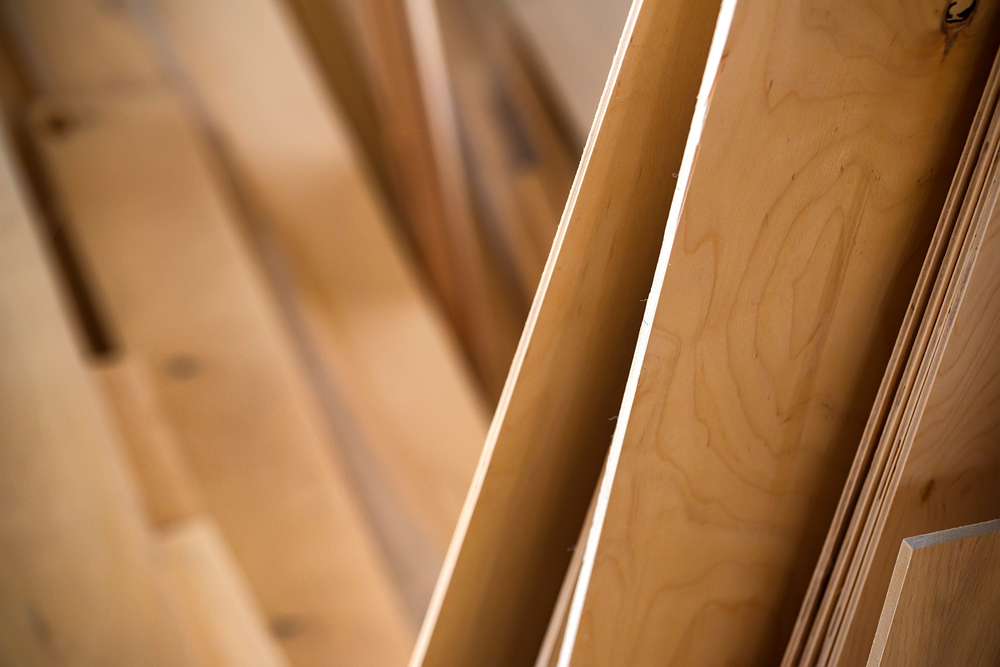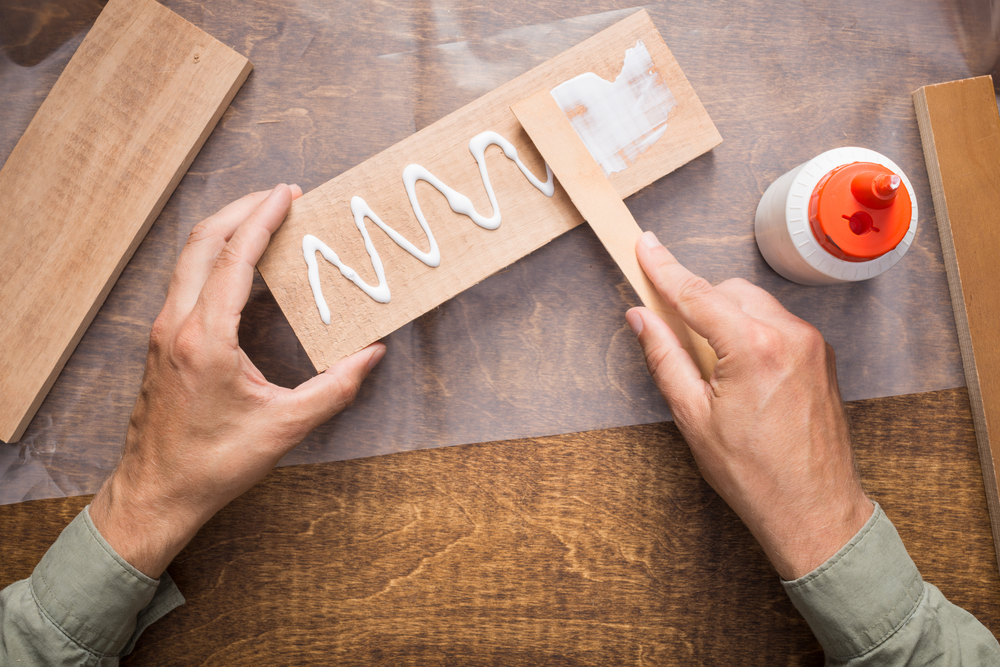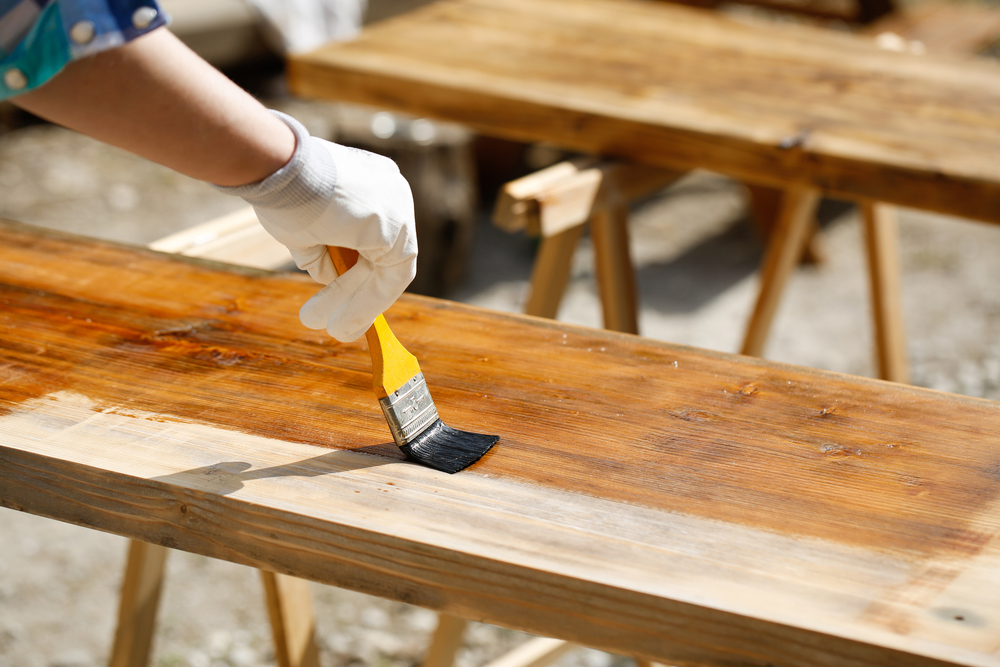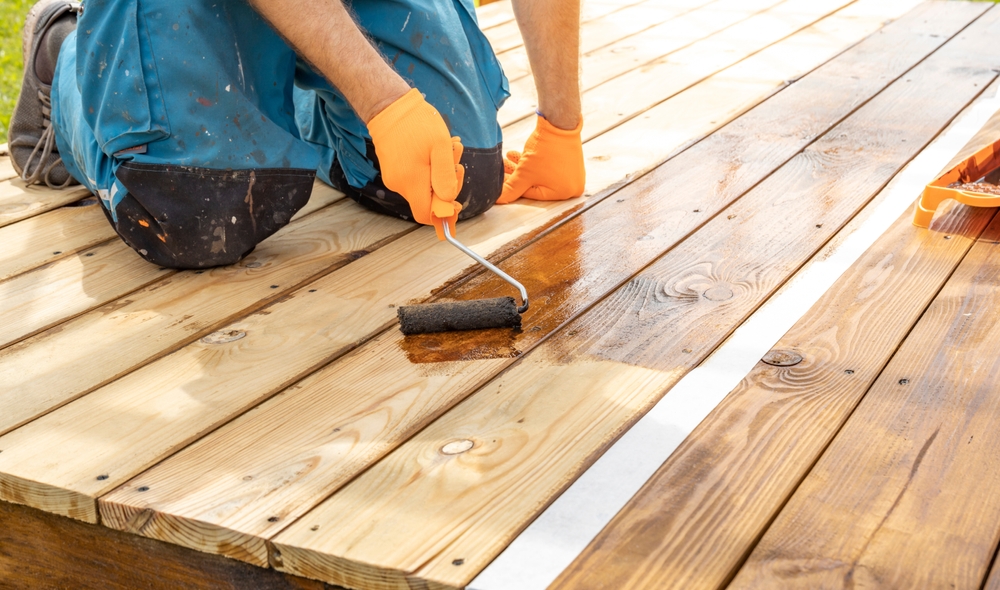The History of Federal Pacific Panels
Federal Pacific Electric Company (FPE) was a major supplier of electrical components in the United States. Established in the 1950s, they quickly became a dominant player in the electrical circuit breaker industry. Their products, particularly the Stab-Lok panels, became commonplace in homes built during the 1950s through the 1980s. As the housing boom surged, the demand for efficient and affordable electrical solutions rose, and FPE was positioned well to meet this need.
Design and Features
FPE panels had a distinctive design with their Stab-Lok breakers. These breakers were named for their unique installation method, which involved “stabbing” a breaker in place to lock it onto the bus bar. The panels were designed to be compact and cost-effective. This made them attractive options for builders and contractors looking to save on construction costs without sacrificing space.
Controversy and Safety Concerns
Despite their initial success, FPE panels became the center of controversy due to safety concerns. Reports emerged suggesting that these panels had higher failure rates than their competitors. Testing revealed that Stab-Lok breakers sometimes failed to trip during overload or short-circuit situations. This posed significant fire hazards and potential electrical shock risks.
The safety issue primarily arose from substandard internal mechanisms that could malfunction under stress. Further investigation disclosed that FPE had fraudulently labeled their products as meeting the safety standards when in reality, they did not consistently pass such tests. The Consumer Product Safety Commission (CPSC) investigated these claims but was unable to mandate a recall, leaving many panels still in operation.
Common Issues Identified
- Failure to Trip: The most alarming issue was the tendency of breakers to jam. This meant an overload could occur without the breaker cutting off power, increasing the risk of fire.
- Double Lugs: FPE panels often had multiple wires connected under one lug, against standard electrical code, which could lead to overheating.
- Poor Build Quality: Over time, wear and tear revealed that the materials used were not as durable as required, leading to potential failure.
Impact on Homeowners
For homeowners, the discovery of an FPE panel can lead to significant decisions. Insurance companies may charge higher premiums or even deny coverage due to the known risks. Selling a home with an FPE panel can present hurdles, as potential buyers may demand replacement before purchase. Electricians frequently recommend replacing these panels as a precautionary measure.
Replacement Options
Upon discovering a Federal Pacific panel, it’s important to consult a licensed electrician. The recommended course of action is often replacement rather than repair. Modern panels are built to higher safety standards and provide better protection. Brands such as Schneider Electric, Siemens, and Eaton offer panels with advanced safety features and reliable performance. Installing them not only mitigates risk but ensures compliance with current electrical codes.
Steps for Replacement
- Inspection: Begin with a thorough inspection by a certified professional to assess the current status and hazards.
- Budgeting: Understand the costs involved, which can vary depending on the complexity and size of the home’s electrical system.
- Selection: Choose a new panel that suits your needs and complies with local regulations.
- Installation: Professional installation is essential to ensure safety and reliability; this process should ensure minimal disruption to the household.
- Testing & Certification: Once installed, the system should be tested and certified to confirm compliance with safety standards.
Legal and Regulatory Context
Although no formal recall was issued by the CPSC, awareness of the panels’ risks spread rapidly. Several court cases established precedents for liability, influencing industry practices. Legislation in certain regions may affect requirements for disclosure during real estate transactions involving homes with FPE panels. This legal landscape necessitates that stakeholders stay informed about potential liabilities and compliance needs.
Current Status
Despite being out of production for decades, many of these panels remain in use. Vigilance is crucial for safety. Electricians continue to encounter FPE panels during routine inspections. Replacement rates are rising as public knowledge increases. Online forums and homeowner networks all contribute to spreading awareness about the importance of taking appropriate action.
Final Considerations
Understanding the significance of Federal Pacific panels and their history is essential for homeowners and professionals alike. As electrical safety norms evolve, the lessons learned from FPE’s story underscore the importance of rigorous safety standards and ethical manufacturing practices. With knowledge and proactive measures, the risks associated with these outdated panels can be effectively managed.






